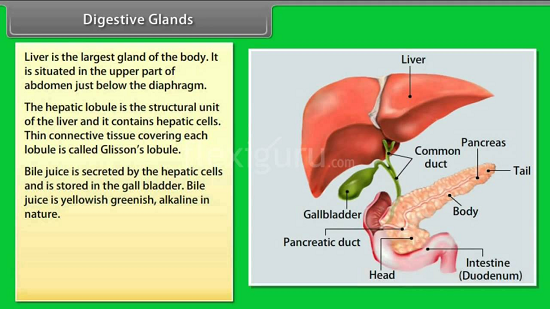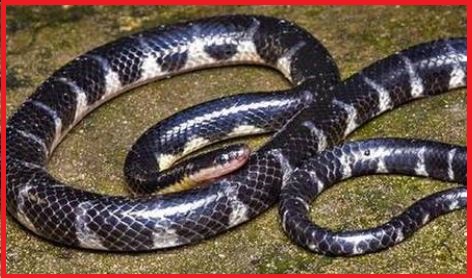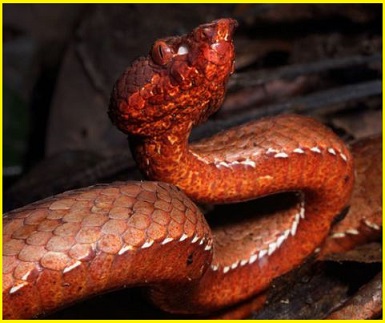Updated By: LatestGKGS Desk
Biology: Digestive glands Features, Function in Human Body

Human Body: Salivary Glands, Liver, Gastric gland, Pancreas and their function
Salivary Glands:
In Human Body, there are three pairs of salivary glands (submaxillary, sublingual, and parotid) which secrete saliva. Salivary glands in the mouth begin the process by secreting saliva that contains many enzymes that begin to break down food.
Liver:
The liver performs many functions. As far as digestion is concerned, it secretes a fluid called bile. in the stomach where bile secreted by the liver and stored in the gallbladder help break down fats. It is the largest gland of the body. It weighs 1.5 kg in man.
Gastric glands:
Gastric glands secrete HCL, pepsinogen, mucous. Gastric juice is a secretion of gastric glands located in the lining of the stomach. It is mainly made up of electrolytes, mucus, enzymes, hydrochloric acid, intrinsic factor etc. HCl secreted by parietal cells provides the acidic medium for many enzymes to get activated.
Pancreas:
It is the second largest gland of the body. It lies in the fold of duodenum. The pancreas is a gland that is “best known for” secreting insulin for glucose metabolism. However, it also secretes proteases, amylase and lipase that break down proteins, fats and carbohydrates.


